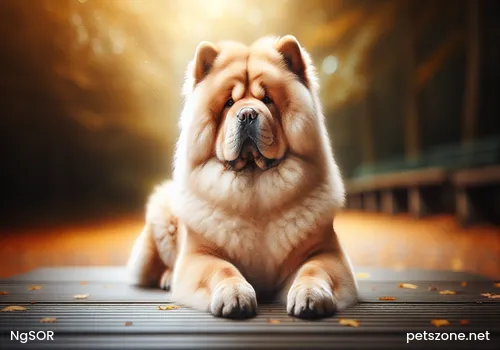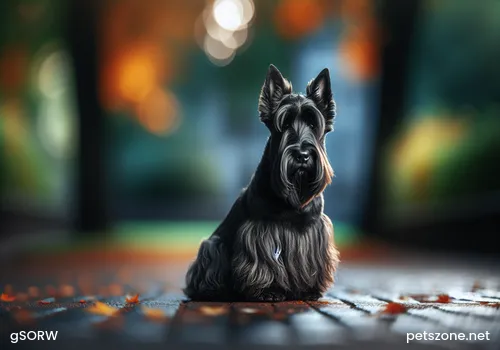Interpretation of the Wonderful Things about Dogs' Noses

Bichon Frise (Details Introduction)
Dogs, having a sensitive sense of smell, hold a significant position in today's society because many military units utilize this advantage to train them for work. A professionally trained dog can distinguish tens of thousands of scents, which shows how incredible a dog's nose is. Next, let's continue to learn about the wonderful things of dogs' noses.
1. Understanding the Structure of a Dog's Nose
1. Dog Nose Structure
A dog's nose contains many folds, which significantly increase the surface area inside, allowing for more olfactory cells. Dogs' sense of smell is one million times stronger than humans'. Nowadays, many fields rely on dogs' olfactory abilities to perform tasks.
2. Contacting Scent Molecules
The moist nose tip can contact more scent molecules present in the air. Inside the nose tip are many protrusions. When scents enter a dog's nose, the dog's brain begins a series of analyses.
3. Nose Pigmentation
The dog's nasal mucosa appears black. The pigment inside the nose helps enhance the dog's olfactory sensitivity. The moist nose breaks down airborne molecules, and once molecules contact the mucous membrane, layers of scent identification begin.
2. Reasons for Moist and Dry Dog Noses
1. Reasons for Moist Nose Tip
Dogs' noses are often seen as moist, not because of secretions from the nose but because dogs lick their noses with their tongues to keep the nose moist and sensitive.
2. Dogs Not Licking Their Noses
To maintain nose moisture, dogs lick their noses. However, when dogs are ill, they may lack the energy to lick. So if owners notice their dogs rarely licking their noses recently, the dogs might be sick.
3. Reasons for a Dry Nose Tip
A dry nose may be caused by excessive internal heat, colds, fever, or other reasons. Adding minerals or glucose to the dog's water can help replenish hydration.

Samoyed
3. Care for Dog Nose Injuries
1. Use Cotton Swabs
If a dog's nose is injured, use cotton swabs to clean dirt inside the folds. You can dip the cotton swab in some alcohol to help disinfect, but avoid using too much alcohol to prevent irritating the nasal cavity.
2. Frequency of Applying Medicine
Use a cotton swab to apply ointment to treat the dog's wound. It is recommended to change the medicine twice a day regularly for about two to three days. The wound should noticeably improve but avoid excessive cleaning and disinfecting.
3. Alcohol Irritation
Alcohol is often a good disinfectant, but sometimes it may irritate wounds. Therefore, when applying it to the dog's injured nose, try to avoid severely injured areas to prevent the dog from experiencing excessive pain.
4. Why Is the Dog's Nose Black?
That's right, most dogs have a black nose, but not always. For example, the Viszla and Weimaraner have noses matching their coat colors, red and silver respectively. Puppies in their nursing period start with pink noses, which darken to black as they grow—this is common. The main reasons many dogs have black noses are as follows:
1. Probably to Prevent Sunburn
A dog's body is protected by fur, but only the nose is exposed to sunlight. Dogs with light-colored noses, like pink noses, hairless dogs, or dogs with hair only on their ears, need sunscreen outdoors just like humans; otherwise, they may get cancer or burns.
The dog's black nose epidermis contains melanin, specifically brown-black or true black eumelanin. Melanocytes first produce the melanin precursor, secreting it into skin cells. When exposed to sunlight, these substances darken further. Melanin in the skin helps prevent DNA mutations caused by UV rays from sunlight.
2. Human Aesthetics Promote Dog Nose Color Evolution
Over a long time, dog owners have preferred dogs with black noses regardless of breed. Although this preference is purely aesthetic without other significance, it is a form of artificial selection which influences the pedigree of domestic dogs. Natural selection tends to favor black-nosed dogs, and human preference has somewhat reinforced this directional evolution.
Many dogs gradually lighten their nose color as they grow. Owners who focus heavily on maintaining a dog's nose color can feed their dogs foods rich in vitamin C, add some seaweed powder to their daily diet, and let them bask in sunlight to help produce melanin in the nose.
-560x560.webp)


